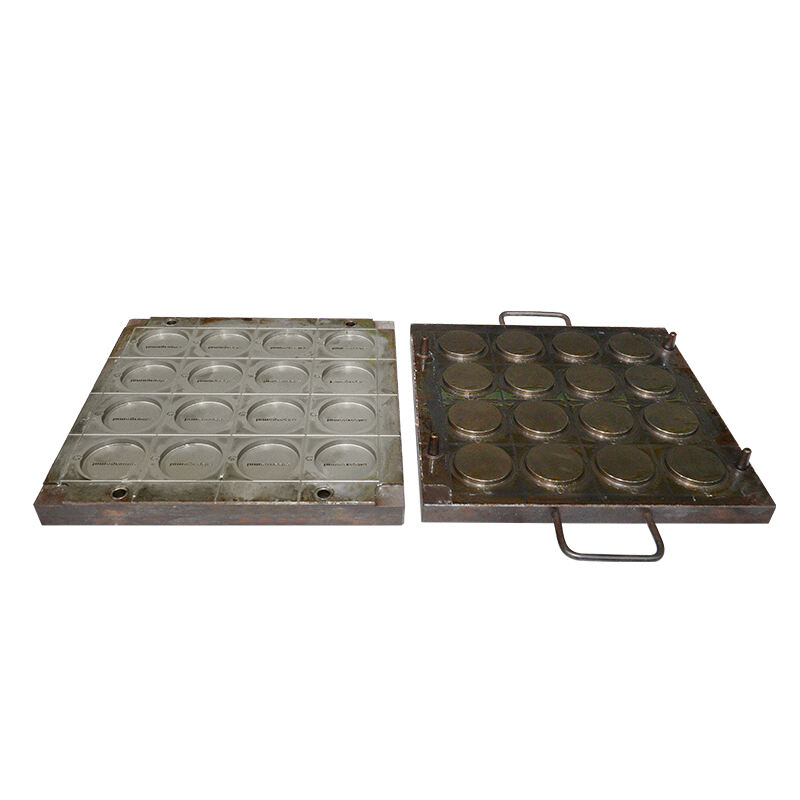Deep draw metal stamping is the most exciting manufacturing process with sheets, as it combines a high level of engineering artistry to turn inert sheet metal into complex three-dimensional designs with the craftsmanship associated with handmade objects. It is a technique that industries from automotive and aerospace use because, when done well, it produces precision and accuracy dimensions stronger and lighter parts with a high level of consistency. And thanks to the advances in modern technology, deep draw formed parts has become more versatile and is often required when faced with an application demanding the highest performance and reliable precision and accuracy. An In-depth Look at Deep Draw Metal Stamping Tolerance Based on the use of high-tonnage presses and deep draw tools, the stamping process is broken down into intricate steps. These forms use incremental forces to transform a flat metal blank into a complex shape, usually in a single stroke. As one draw pulls the metal closer to the die-cavity, the next draw is forced into a longer and thinner shape. It takes careful maintenance of close tolerances, effective management of material flow and precise, strategic application of lubrication to achieve this degree of accuracy. It ensures that the formed parts accurately reflect the design drawings and are, as a result, superior performance and potentially eliminate additional cutting, shaping, and threading processes, that requires the waste and costs those processes create.
Combat Complex Part Production With Deep Drawn Forms Complexity – The Eternal Boom In Manufacturing Deep drawing may be used to manufacture intricate parts by consolidating multiple manufacturing processes into a single one. What it does lead to is reduced production times and, at the same time, quality levels don’t cease to impress. For example, you may have to fight something of this manner – having to manufacture a part using complex recesses or cavernous hollows by applying the usual machining techniques. It would no doubt be more time-consuming and monotonously expensive. The creation of deep drawing, however, presents a wonderful opportunity to do it by less costly means of production, producing complex parts with undercuts on every single part, with all of the parts ready to have threads or embosses without some need for additional tool replacements and the like to be made. This simplicity also propels creativity as manufacturers may not shy away from designing parts they consider too difficult or costly to manufacture. A MassiveMetal Deep Drawing Is The Sectors’ Metal Deep Drawing Parts Aeronautical in Perfection when military level precision cannot be disputed, and safety is arguably the number one testament – the deep drawn parts are the answer. A metal flow on every single piece which is being made provides a decent spans-to-weight ratio an aspect that mostly matters in creating metal products for aeronautical parts. They also produce good finish components and uniform wall thickness. The aspects are important when the composing element is of relevance. For instance, when it has to carry aesthetic value like in the field of automotive and medical a piece that fits perfectly should be in place. Considering their forte nature and their ability to be made from metals like stainless steel, aluminum and titanium metals, they may perhaps be used on parts to be used in tough situations or gases under pressure hence being deemed harsh sliding stress.
Green Manufacturing Encouragement in Deep Draw Stamping
One of the goals of modern manufacturing is sustainability, and it is definitely relevant for deep draw stamping. The way of working has a number of environmental advantages from this perspective. Firstly, high contribution arises from material utilization and from the fact that only flat sheets are converted into complete parts and very little scrap to be disposed of. Most metals used in this process are recyclable, which makes the process a closed loop, where scrap metal is melted and used without causing any harm to the environment. Secondly, “Innovations in lubrication technology including converting to bio-based or dry Lubricants drive substantial reductions in petroleum-based product consumption and a major green impact of the manufacturing process”. Therefore, “Not only do these allow manufacturers to remain in compliance with regulatory standards, but also appeal to consumers as “green” manufacturing processes”. Customarily Deep Drawn Formed Parts to Your Specs
The keyword for contemporary manufacturing is customization and deep drawn stamping is as customizable as it gets all the way to the exact specifications. Manufacturers work with clients as early as design conception, prototyping, and full production to ensure that each and every part is custom designed for the job it will be doing. It can be simulated extremely precisely and before any metal is ever cut by use of computer-aided design (CAD) and finite element analysis, which results in the to-the-letter predictions of how the material will behave as it processes or filled under the stamp. This includes custom tooling, multi-slide capabilities, and a number of finishing options permit creating a turnkey solution designed expressly the way clients wish and however they require, whether it is short runs of precision components or high-volume continuous manufacturing.
Deep Draw Metal Stamping is just an example witness to the creative ways and state of innovation that human potential has been able to reach! It is an essential resource in virtually every industry due to its capability for high accuracy and speed, but are also flexibility where environments require top-performance. As we continue to push into new frontiers through both design and materials innovations, the roles deep drawn formed parts will play in manufacturing are only going to grow larger each day.





 ONLINE
ONLINE